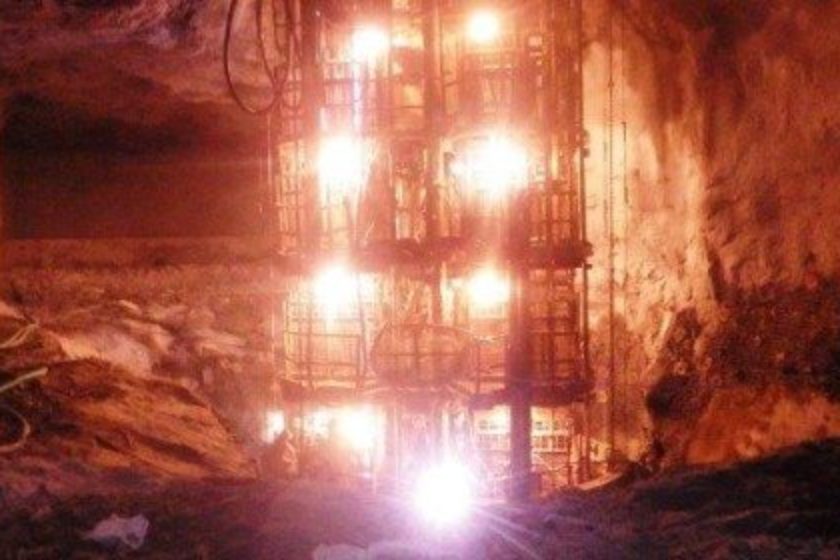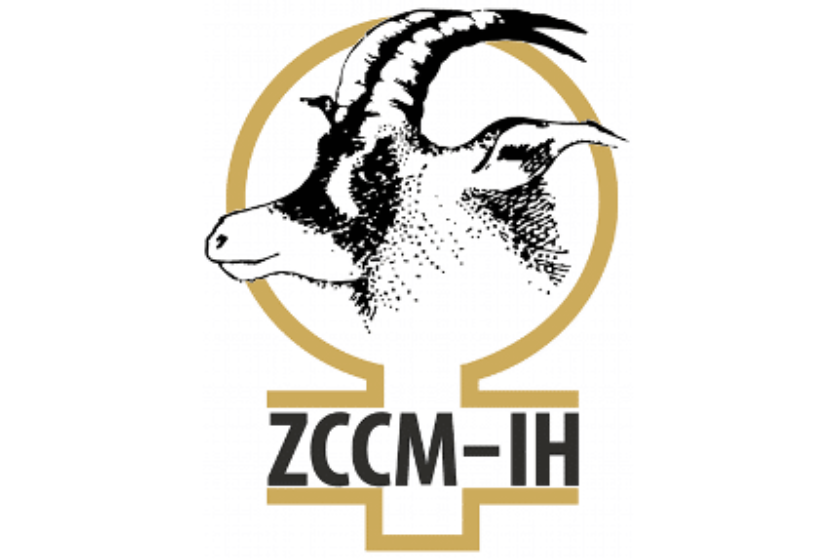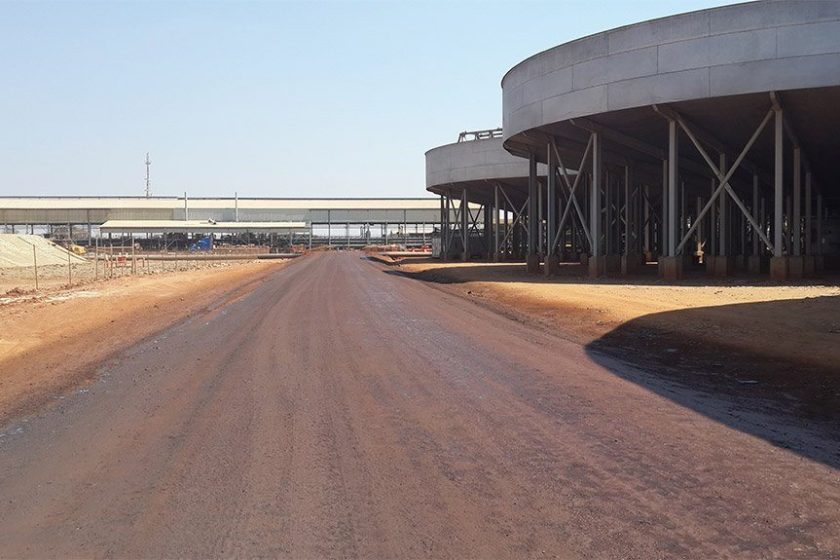The fate of Konkola Copper Mine, a unit of London listed copper miner, Vedanta Resources Plc, remains uncertain in Zambia as the company is still indebted with other organisations, the latest being a staggering US$59 million owes to Zambia’ Consolidated Copper Mines Investment Holdings (ZCCM IH).
Last year, KCM, Zambia’s leading producer of copper and cobalt was embroiled in a contractual obligation with a power supplier to the mines on the Copperbelt.
The Copperbelt Energy Corp. which provides an average 530 megwatts of power to teh mines on the copperbelet daily, is owed by KCM in excess of US$44 million in commercial debt of which partial payment has been made and the full amount is yet to be settled, a move which caused production interruptions at some of its critical operations at its Chingola and Konkola mines.
There was no immediate comment from CEC’s spokeswoman Chama Kalima or KCM spokesperson Shapi Shachinda how much has been paid towards offsetting the US$44 million. However sources close to the miner say, the miner is struggling to offset the debt, although not yet paid in full.
This is because of various other obligations it needs to undertake, especially that it is also seeking to secure a refund in excess of US$200 million from Government through Zambia Revevenue Authority, owed in unrefunded Value Added Tax (VAT), like many other multinationals based in Zambia that are exporters.
A report by the Auditor General reveals that KCM is yet to resolve the US$59 million it owes the country’s holding company under a Settlement Agreement signed in February 2013.
The report on Accounts of Parastatal Bodies and other Statutory Institutions for the 2013 financial year states further that the mining company did not honour a Settlement Agreement signed between the two entities and has an outstanding balance due to ZCCM-IH amounting to US$59,684,655.
A Settlement Agreement had been signed on February 11, 2013, as a full and final settlement of all claims due under or pursuant to the Price Participation Agreement, which KCM had failed to honour previously, the report adds.
“KCM Plc agreed to pay ZCCM-IH amounts totalling US $119,744,655 over a period of four years in line with the payment schedule as follows: US$46,324,655 to be paid on or before August 31, 2013; US$73,420,000 to be paid on or before September 30, 2016 in accordance with the payment schedule,” part of the report reveals adding.
As of September 2014, KCM Plc had not honoured the Settlement Agreement and had only paid a total amount of US$16,500,000 out of US$76,184,655, which was due as of September 30, 2014, leaving a balance of US $59,684,655.
The report further indicates that although KCM failed to honour the Settlement Agreement, ZCCM-IH, on the other hand, also failed to trigger an enforcement clause stipulated in the Agreement.
The agreement stipulated that in case KCM failed to pay a deferred amount at the next instalment date, ZCCM-IH was permitted to take legal action for monies owed through the English courts or by arbitration in respect of the deferred amount and any interest that would have accrued pursuant to clause 5.
Contrary to clause 5 of the Agreement, as of November 2014, there was no evidence to show that ZCCM-IH had taken any legal action for monies owed.
ZCCM-IH has had “poor performing loans” with Ndola Lime Company Ltd, with the latter having failed to pay the former over US$7 million in an installment due last June. “On 29 July, 2011, ZCCM-IH signed a loan agreement with Ndola Lime Limited an amount of US $26,000,000., adds the report.
A review of the agreement repayment schedule and accounting records revealed that Ndola Lime Limited should have repaid a total of US$7,356,990 as at June 30, 2014. However, Ndola Lime Limited had not made any payments to ZCCM-IH as of August 2014 and ZCCM-IH had not enforced the default clause of the contract,”
Last year, the mining company, with a labour force of over 10,000 workers was embroiled in various debt obligations which also attracted bailiffs to seize property belonging to the company to recover what was due to them in various obligations.
Amid a US$44 million commercial debt with Copperbelt Energy Corporation, KCM was faced with another commercial obligation with Mitchell Drilling International of Australia which through their bailiffs pounced on the property it has in Acacia House in Lusaka demanding to be paid what was due to them.
According to the report by the Post newspaper, the bailiffs acting on behalf of their client besieged Acacia House to try and recover US$5 million owed to the drilling company for the supply of goods and services and demanded 10 percent interest.
This operation follows KCM’s failure to pay for the drilling services Mitchell Drilling rendered after the two parties entered into a contract signed on June 27, 2008. According to the agreement, the paper added, the contract ran between June 2008 and November 2011 during which Mitchell Drilling did surface drilling and reverse circulation at Konkola and Nchanga mines.
Mitchell drilling sued KCM in the Lusaka High Court for breach of contract and failure to settle the outstanding amount of 731, 546.31 Euros that had accumulated. On March 14, 2013, the Lusaka High Court entered judgment in favour of Mitchell Drilling International limited and Mitchell Drilling Zambia limited who were the plaintiffs in the matter ordering KCM to pay the said monies.
order for a lasting solution to the impasse between the miner and power provider, Copperbelt Energy Corporation which had earlier demanded to be paid US$$44 million in commercial obligations for power supplied to the mine.
Nonetheless, the Post reported, KCM had earlier contested the High Court decision by applying for an order for stay of execution pending hearing and determination of the appeal in the Supreme Court.
On June 23, 2013, the High Court granted KCM the said order subject to the mining company paying the judgment sum of K5, 830, 424 into an Escrow bank account within 30 days from the said date, the paper stated.
However, KCM appealed against this ruling arguing mining operations would be affected should they pay the colossal sum as ordered. On September 18, High Court judge Flavia Chishimba dismissed KCM’s conditional stay of execution and ruled that the mining company pays Mitchell Drilling the said outstanding amount with 10 per cent per annum interest., the Post added in its report.
As the KCM indebtedness continues to unfold, Zesco, the sole generator of power in Zambia claims the miner owes the utility in excess of IS$110 million in power supplied to the company, according to former Managing Director Cyprian Chitundu in a report to President Edgar Lungu recently.



